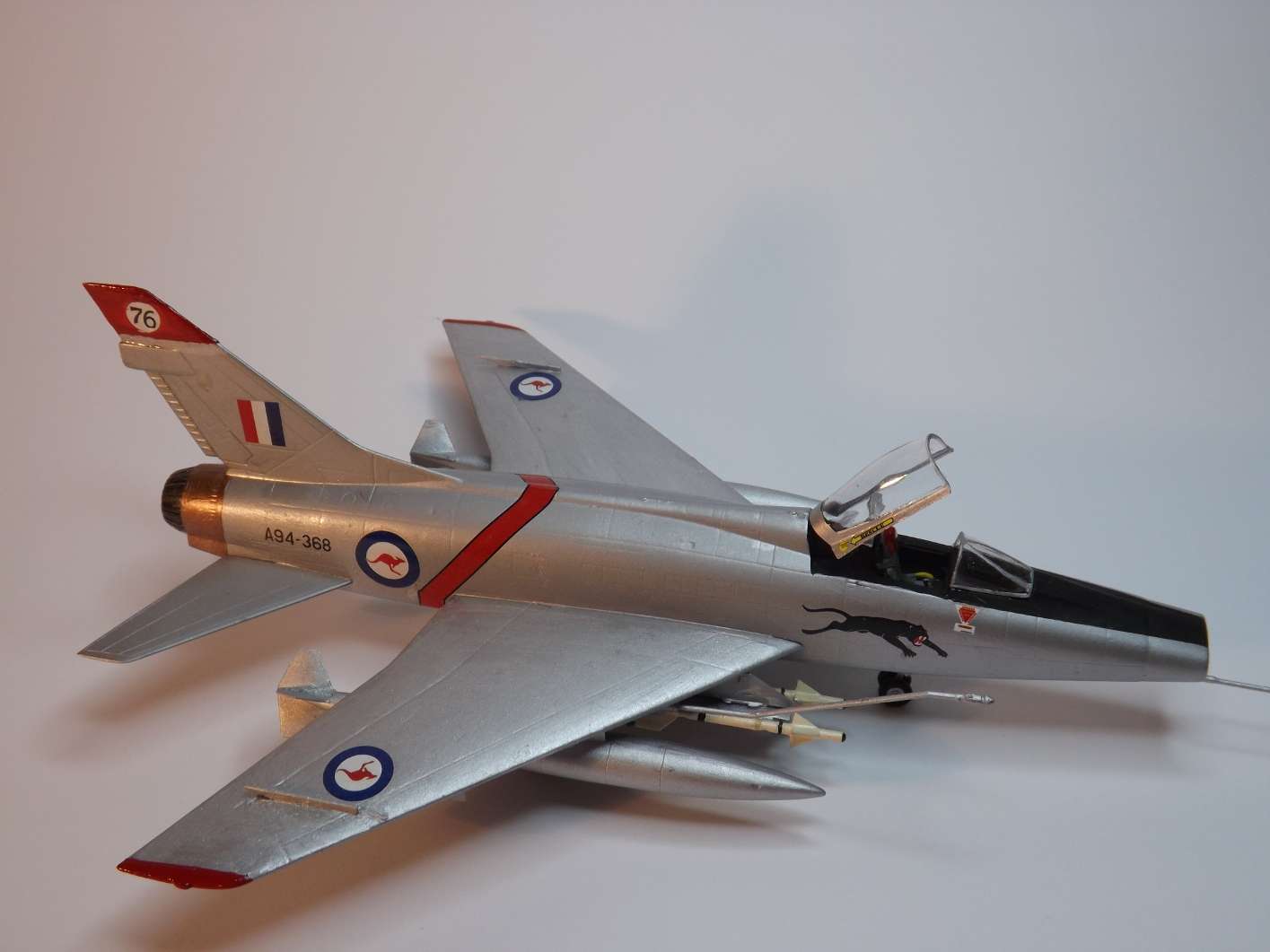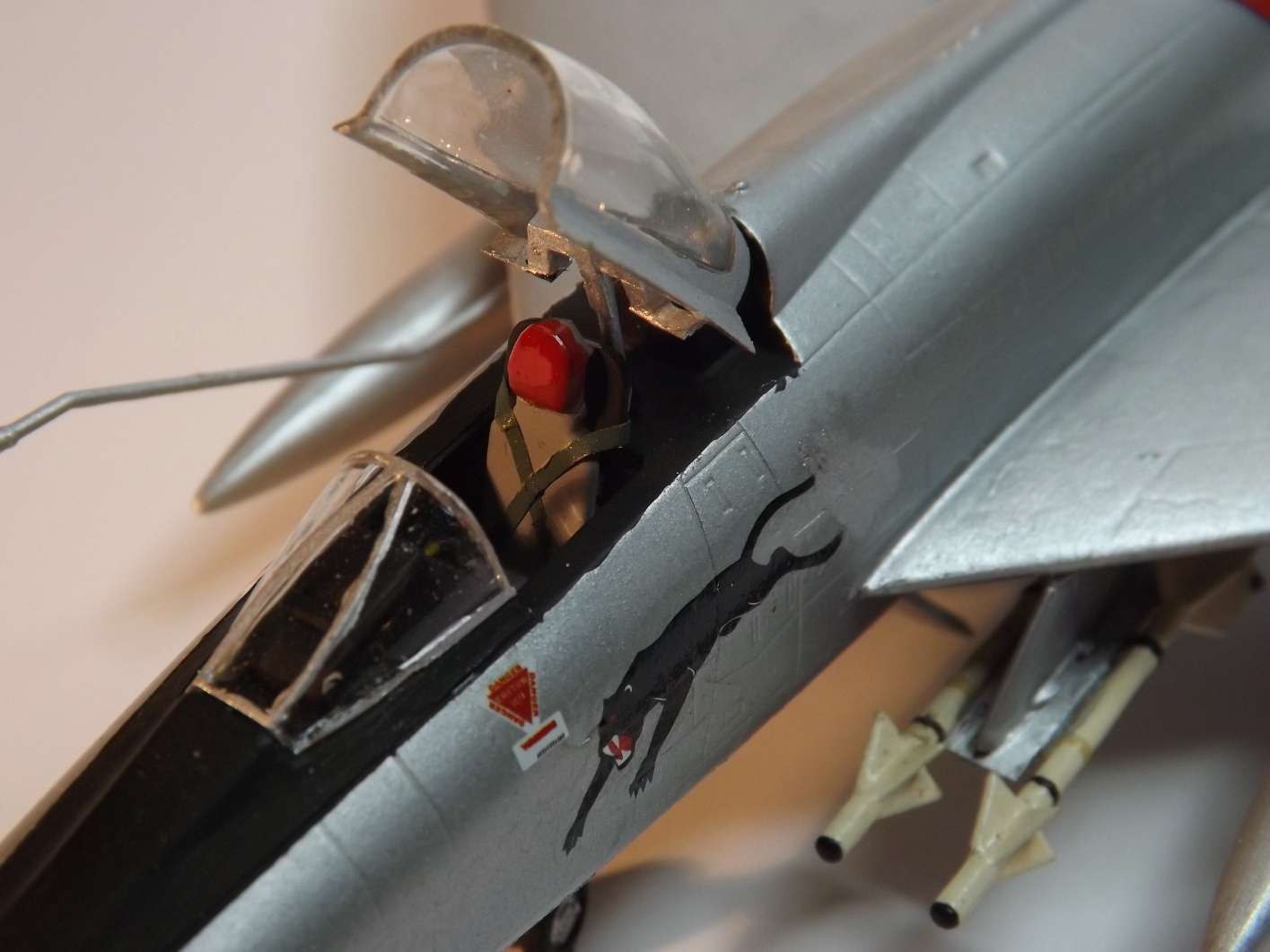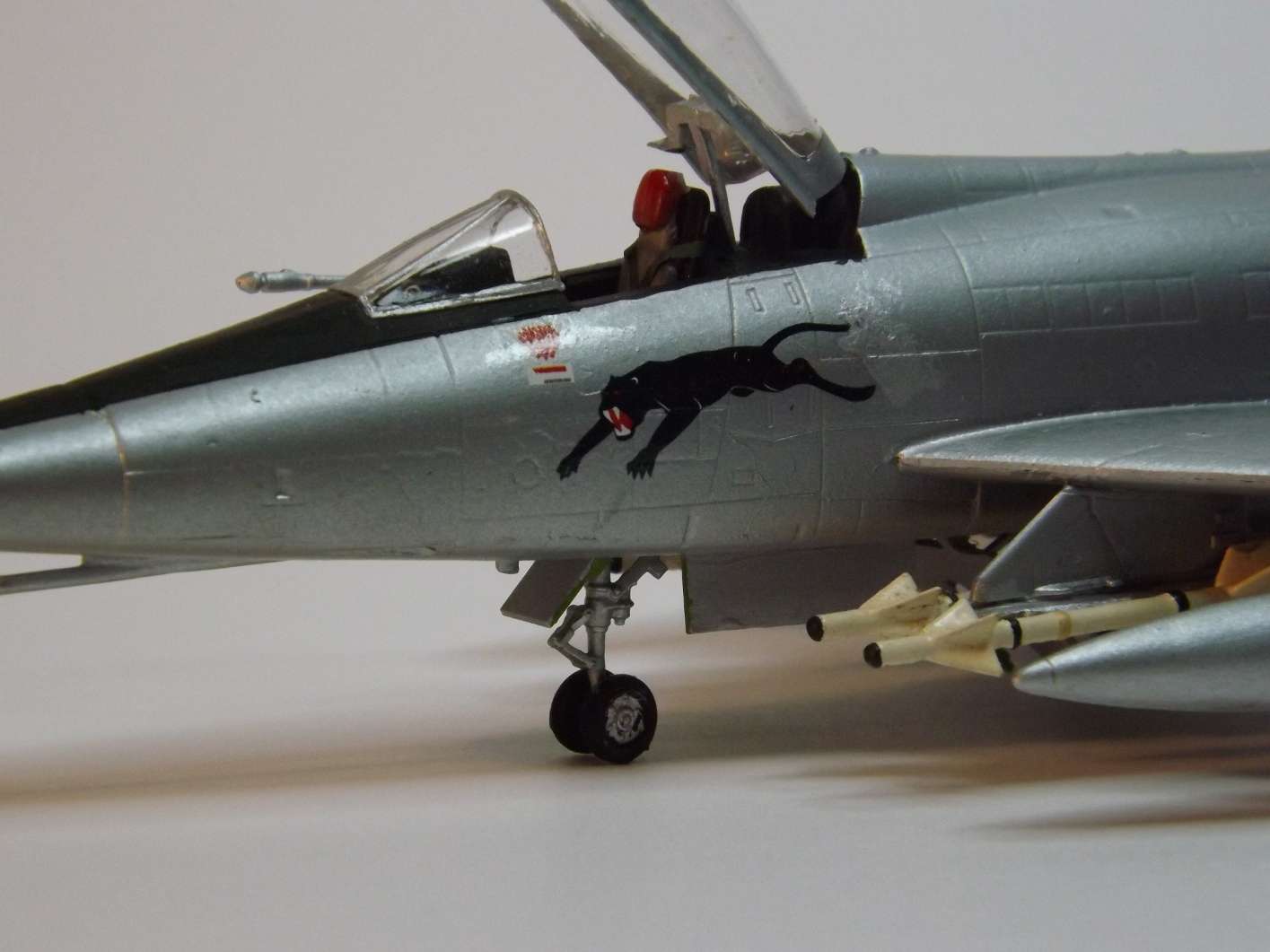The CA-34 Super SabreAfter the success of the CA-27 Avon Sabre, the Commonwealth Aircraft Corporation (CAC) looked to capitalise on it's close relationship with the the North American aircraft corporation in the United States. An obvious follow on, as occurred in the USAF was for the RAAF to adopt the F-100 Super Sabre a supersonic development of the F-86 Sabre.
Lawrence Hartnet, the head of CAC was keen and lobbied the RAAF heavily. The RAAF, anxious to move up, into the Supersonic Club was interested and test flew the F-100A in 1955. While critical of some of the handling of that version of the Super Sabre, the RAAF was interested some of the proposals being put forward by North American to the USAF to improve the aircraft. They were also interested in the hints that a dedicated strike version was being designed, built on the F-100. The RAAF saw potentials in using a common, supersonic airframe for both the Fighter and the Strike roles in their inventory.
Hartnet hoped to repeat the commercial success he had, had with the F-86 Sabre, negotiating a license production agreement. He also hoped to utilise the same, albeit an uprated version, of the Rolls Royce Avon to give economies of scale and improved performance and reliability.
Convincing the government of the day, which was flush still with money from the Wool boom which the Korean War had created, was not unduly difficult. A squadron of F-100Ds were purchased directly from North American in 1957. Equipped with more advanced avionics, larger wing and tail fin, landing flaps, most of the vices of the early versions were at least partially if not completely cured. Issued to 76 Squadron, the "Black Panthers", the aircraft served for over a decade and as far afield as in Malaysia and even Thailand. Armied with four AIM-9 Sidewinder missiles and four 20mm cannon they were a formidable fighter and with several 500 or 1000 lb bombs or rockets, a useful fight-bomber.
The plans however, to purchase more never came about. With the rapid advance of aeronautics, within a few years Mach 2 fighters were the standard and the F-100D had been overtaken by technology. Coupled with its lack of an onboard radar which limited its utility in the interceptor role to strictly clear weather use only, the search started for a general replacement in 1959. Further, the abandonment by the USAF, of the dedicated strike version, the F-107 meant that the search for replacement for the aging Canberras had to start again as well.
The Aircraft depicted is from 76 Squadron in 1960, stationed at RAAF Base, Point Cook, Victoria.







The kit is the old Esci F-100D which scrubs up very nicely indeed. Painted by rattle can and brush.
post modified by jcf to add photo links :)